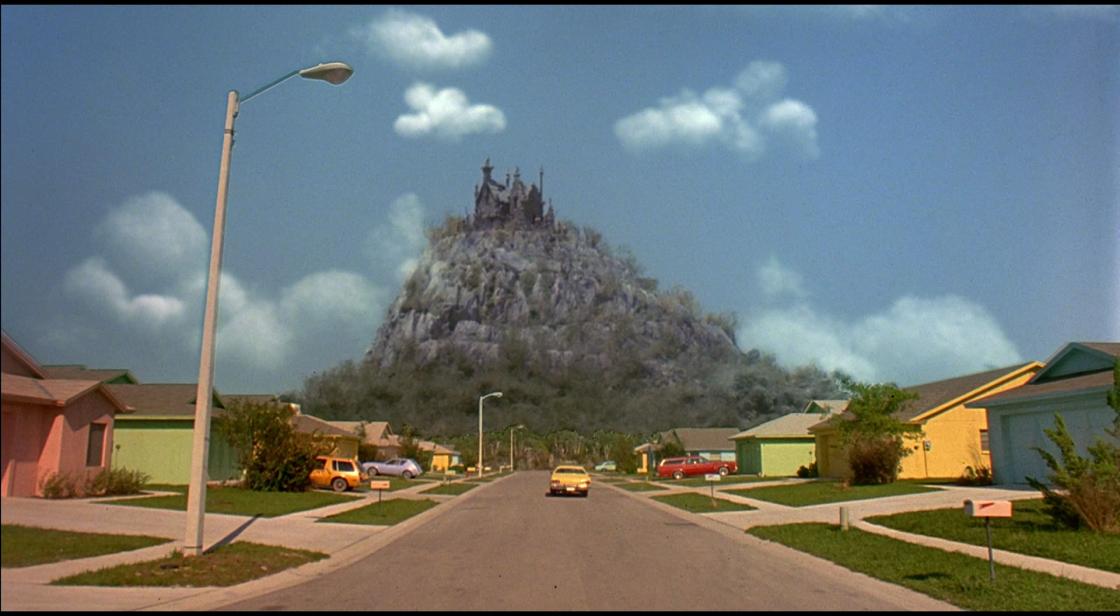What is our world without architecture? Can our stories, our plots, be told without the backdrops? Is it entirely the same within the world of films? Are there films that could not be films without their scenery, their backdrops, their architecture? My 20/20 - KSS’ regular thought-provoking lunch series - looked at 10 films that would not be what they are, would not be films at all, if their architecture were removed.
“The Cabinet of Dr. Caligari” was one of the first films to rely on scenery, and specifically architectural scenery, to tell the story. In an era of silent films, Caligari relied less on the characters, and more on the expressionist setting to strike horror into the viewer. Sixty years later, Tim Burton used the surreal neighborhoods of suburban Tampa against a gothic hilltop mansion to set the tone for “Edward Scissorhands.” If Edward were not constantly silhouetted against the apricot and celeste colored ranches, he would cease to be Edward. In Paul Verhoeven’s “Robocop,” the battle between the corporate overlords and the working class is stylized by their headquarters. While the fat-cats at OCP are based out of a brutalist concrete monolith (Dallas City Hall), Murphy leads the oppressed from the bowels of a functionalist and hypnotically industrial steel mill (Monessan Furnace).
The discussion following these slides asked about the role of architecture not just in films, but in our world. While there is a fair amount of architecture that responds to context and environment, there is so much more that directly influences it. The heavy hand of design can be quite, well, influential. Could we tell our stories and live our lives without the surroundings we know? Would it still be the same movie?

